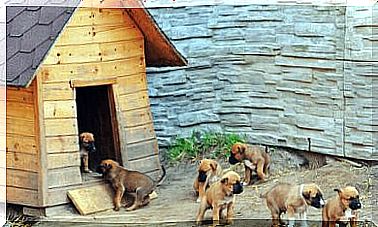Top 5 Natural History Museums
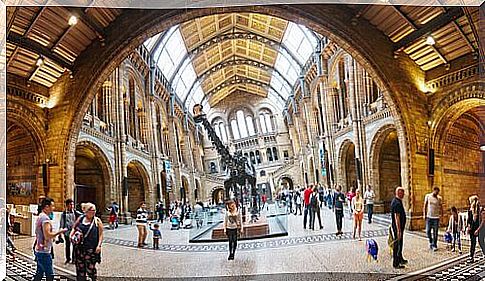
In these wonderful places, we can learn a lot about current and ancient flora and fauna. Furthermore, they are part of the typical tourist routes, especially if we travel with children. So, in this article, we’ll talk about the best natural history museums in the world. Don’t miss it!
What are the best natural history museums?
Sometimes, we need days to see everything that these museums offer, others, however, are specialized in a certain moment and there are those that show “a little of everything” in their rooms.
Anyway, these are the best natural history museums in the world:
-
London Natural History Museum
It is one of three museums in the Kensington area – the other two are science and Victoria and Alberto’s – and has a collection of 70 million articles and objects. It covers areas of zoology, paleontology, botany, mineralogy and entomology.
The London Museum of Natural History – the photo that opens this article – houses several of the specimens that were studied by Charles Darwin during his travels, and which resulted in his theory of the evolution of species.
In addition, one of its rooms has different fossil remains and dinosaur skeletons. And, of course, the great Chilean mastodon at the entrance stands out.
-
American Museum of Natural History (New York)
It is not only one of the best natural history museums, but also one of the most famous and largest in the world.
It is located across from Central Park on the island of Manhattan and in total has 27 buildings connected to each other.

The American Museum of Natural History has 46 permanent exhibition rooms, a library and research laboratories.
The collection comprises 32 million copies (not all are on display at the same time) and was founded in 1869.
One of its best-known sectors is the entrance, because it houses several dinosaur skeletons.
-
Smithsonian National Museum (Washington)
We continue on to the United States to visit this impressive National Museum of Natural History.
It contains 125 million specimens of plants, fossils, animals, rocks, minerals, meteorites and human cultural objects.
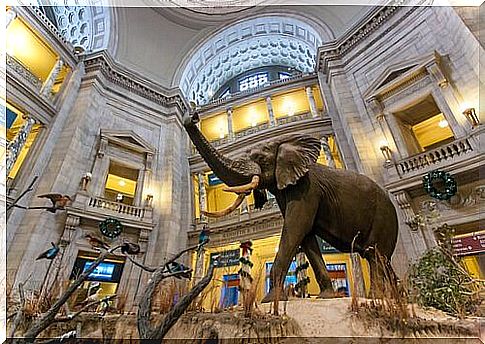
The main collections are located on the ground floor, with its room of naturalized mammals from around the world.
On the first floor we find dinosaur fossils and skeletons, a collection of precious stones and an insect zoo.
In the basement you can see a collection of 100 regional birds.
-
National Museum of Natural History (Paris)
This museum is a public institution of scientific research in France and although it is located in the capital, it is generally not as visited as other attractions in the city.
It is organized in different departments within Paris: Garden of Plants, Zoo, Institute of Human Paleontology and Museum of Man.
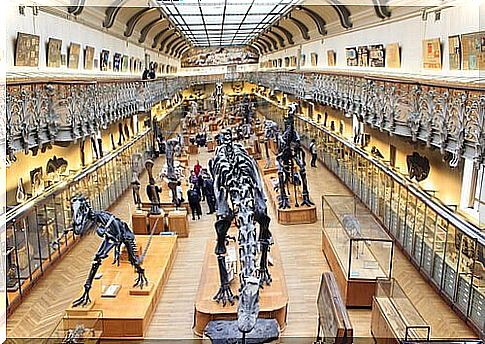
Facilities open to the public are the Plant Garden Beasts House (second oldest zoo in the world after the Vienna Zoo), the Grand Gallery of Evolution (naturalized animals) and also the Paleontology and Comparative Anatomy Gallery ( large fossils).
-
National Museum of Natural Sciences (Madrid)
We end this ranking of the best natural history museums with the one located in the Spanish capital. Specifically, in the former Palace of Industry and Arts on the Paseo de la Castellana.
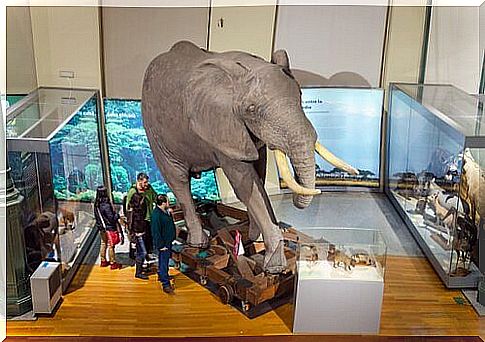
It was founded in 1815, closed during the Civil War and restructured in 1984.
Among its collections, we can find six million copies divided into sections :
- biogeography
- Biodiversity
- environmental biology
- Ecology
- Evolution
- Geology
- Paleontology
It also offers educational workshops, a media library and a library.



